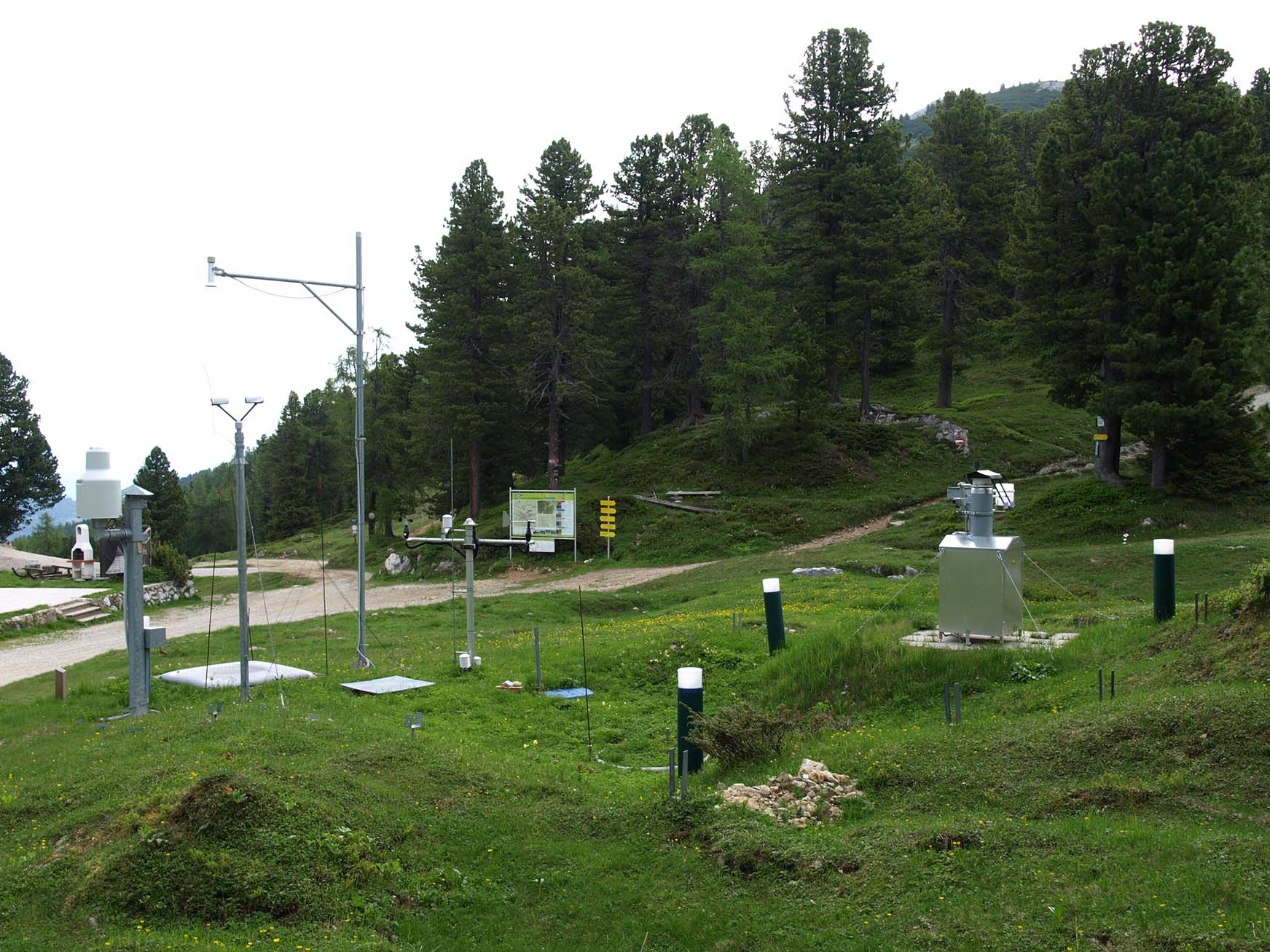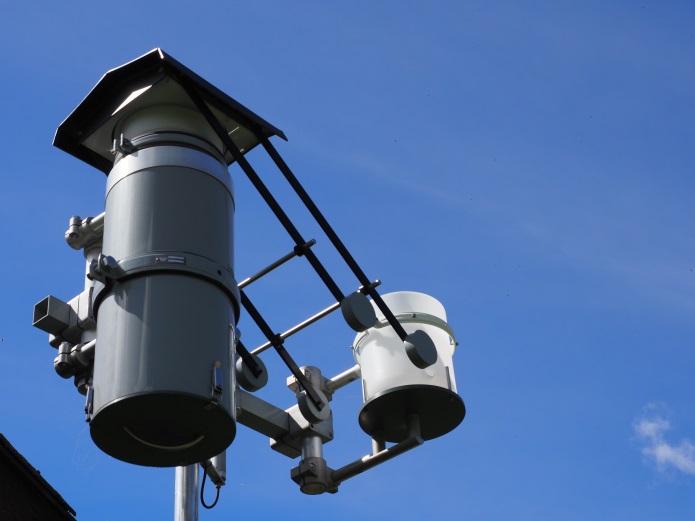Alpine farmers, for example, make a contribution to protecting soil and water through site-adapted farming with animals suitable for alpine pastures. Grazing improves turf and soil root penetration, which increases water holding capacity and reduces surface runoff. Extensive grassland, such as that found on alpine pastures, generally does not lead to any material impairment of groundwater.
Atmospheric nutrient deposition is an essential part of the nutrient cycle on alpine pastures. A precise determination of deposition via the atmosphere is important for a variety of ecological questions. In monitoring at the Stoderzinken research station, nutrient inputs are quantified as representative of the Northern Limestone Alps. Particular attention is paid to nutrient input, which can be introduced in solid, liquid and occult forms (dust, precipitation and settled precipitation).
A recently completed study compared the chemical composition in precipitation from a bulk collector and a wet-only collector at an alpine site over several years. The results show that for those cations and anions that are not significantly degraded within a month, there is an overestimation of the wet deposition in the bulk collector. If you want to quantify the influence of the nutrients introduced by rain on the ecosystem, you should use a wet-only collector, especially if the sampling interval is longer than a week, as degradation processes begin, especially for nitrate and sulfate.
Further details about the study can be found in the attached study.










